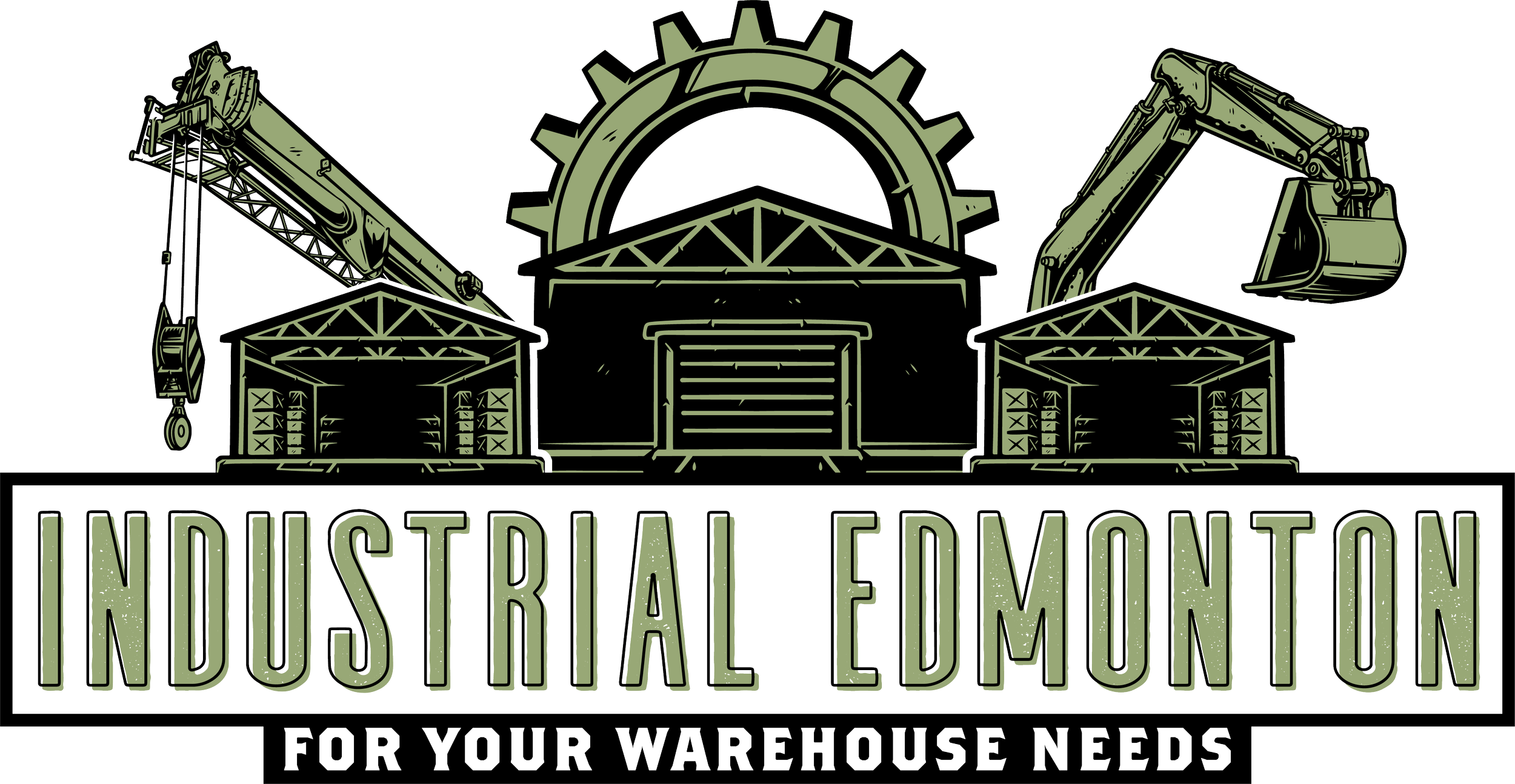Temperature Controlled Facilities and the Cold Supply Chain - investors are taking note.
Over the past few years, investors have taken an increased notice in the temperature controlled real estate sector, expanding both their build-to-suit developments, as well as those speculative in nature. The ever-growing demand for fresh food on a global scale, in addition to the storage requirements for temperature-sensitive pharmaceuticals, has created a uniquely desirable asset class, showcasing currently its added benefit of being relatively recession proof.
Consumer habits in urban centres are transitioning towards healthier eating habits, desiring produce and meats that are fresher, flash frozen, and can be delivered to homes in real time. Furthermore, recent economic events have created an environment where consumers quickly have become comfortable with online grocery delivery and pick-up, thus increasing demand for cold storage mechanisms. Development growth is occurring particularly in core markets with large population bases, near ports and intermodal hubs, and with strong transport corridors. Additionally, there has been growth in the urban infill development market, retrofitting existing spaces to accommodate the intensive requirements of temperature controlled users while allowing for closer proximity to end users. Watch for greater automation and robotics in the development of these facilities to increase density (cubic feet) while managing smaller footprints.
Types of Temperature Controlled Environments
Climate-Controlled Storage & Distribution Facilities - temperature and humidity maintained with little environmental fluctuation.
Cold Storage & Refrigeration Facilities - provides temperature controlled zones ranging from coolers - between 2°C (35°F) and 10°C (50°F) - to freezers - between 0°C (32°F) and -20°C (-29°F).
Controlled Atmosphere Storage - controls temperature and atmosphere by sealing product in +/- 2% oxygen while regulating temperature, humidity, N2 and CO2 - ideal for prolonging produce life cycle.
Vertical Farms - Built in a climate-controlled, high-rise manufacturing warehouse with new automation to improve productivity and reduce the environmental footprint.
Pharmaceutical Storage & Distribution Facilities - Temperature controlled, and provide link between manufacturers, pharmacies and users.
Graphic Information from NAIOP Education
Temperature control is imperative throughout all steps in the Cold Supply Chain, within the various temperature-controlled facilities, as well as the temperature-controlled transportation operations. The term ‘Cold Supply Chain’ refers to the cumulative flows and management of temperature-controlled surface transportation, distribution and storage activities, from producer to consumer. Cold Supply Chains are essential to avoid over capacity at any point in the chain, by reducing transmission bottlenecks during peak periods, and thus, maintaining product quality. The temperature-controlled mechanisms shown above are all steadily growing in both demand and supply. In fact, “the global Cold Chain Warehousing and Logistics market size is expected to grow at a CAGR of +16% to reach $426 billion by 2023 (OpenPR).”
Temperature-Controlled Building Design Elements
Ceiling Heights - Cubic Feet more important than Square Feet, therefore, ceiling clear heights range from 40’ - 60’. This also requires stronger columns and reinforcements for HVAC structures on the roof (e.g. chillers).
Insulated Metal Panel (IMPs) Walls - easier to apply vapor barrier tapes and sealants for freezer application; superior thermal insulation, designed to maintain interior climate control.
Higher Site Coverage Ratio - generally around 50% SCR as infrequent truck/trailer storage and lower car parking requirements.
Heavy Power - 4,000 to 10,000 amps and 480 volt requirements.
Fire Suppression - must not freeze.
Freezer Floor - concrete slab in freezer room is 8” to 14” thick and incorporates heating elements to reduce the risk of heave or frost build-up below slab.
Segregated Design - smaller rooms differentiated by temperature zones (i.e. Freezer, Cooler, Ambient, and Blast Freezing Rooms)
The temperature-controlled commercial asset class is growing niche due to its many benefits, particularly evident in the current health crises environment. The demand for fresh grocery and pharmaceuticals is relatively unaffected in a crises, people still need to eat, preferably fresh, and require medication for various ailments, regardless of the state of the economy. Due to the intricate requirements of this asset class, the costs to construct are much higher than traditional industrial warehousing. A new development can run upwards of $100 million to develop, but due to this, the yields and terms are significantly higher. Lease terms for temperature controlled facilities generally span 20 - 25 years and can also command higher lease rates depending on their location to urban markets. Overall, this type of development is not for the faint of heart due to the much larger upfront costs to develop and construct, but the outcomes can ultimately provide strength of term, covenant, and yield for those that pursue cold storage development.


